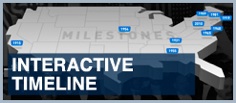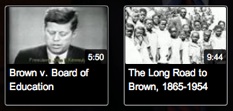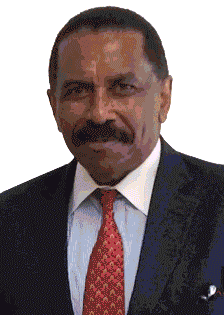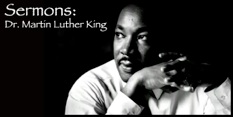A Hard Road to Freedom : The NAACP in Savannah
By Charles Lwanga Hoskins
This brief sketch of the NAACP in Savannah begins in 1915. Undaunted by the Sunday Men's Club collapsed attempt to ameliorate the social and educational plight of blacks in Savannah, Professor Miken I. Pope, of the Georgia State College for Colored Youth, wrote Dr. Edward Dubois seeking information about the work of the national NAACP. His group took no further action. Around this time, the authorities planned to move the Red Light district to Yamacraw. In that day, Yamacraw housed some 788 black and 33 white families. A Committee of Nine, composed of three members from the Ministers' Union, three from the Urban League, and three from an aspiring NAACP group, decided to oppose the transfer of the district to Yamacraw. In July of 1917, James Weldon Johnson, field Secretary of the NAACP came to Savannah, and after clearly explaining the goal and methodology of the organization, established a branch with 68 members and installed Joseph C. Lindsay, an insurance company manager as president. Within months, Lindsay resigned and Dr. Fannin Belcher, the vice-president, became president.
City Council's retreat on the Red Light district matter enhanced the stock of the Belcher years. Dr. Belcher served for a few years. Blacks however, continued to contend with inadequate educational opportunities, economic discrimination, and unjust treatment in the penal system and on the chain gang. The branch elected E. F. Smalls president in 1924; Donald Thomas followed him in 1930. Five years later, the first female Mrs. Zelda M. DesVerney became president. Within months, Thomas J. Hopkins succeeded her and shortly thereafter, the national NAACP pulled the branch's charter due to inactivity. Dr. Joseph Jenkins and Clark A. Tyree attempted to revive the branch but to no avail.
In 1938, the Rev. Dr. Ralph Mark Gilbert came to Savannah to stage a play as a fundraiser for the Colored P.T.A., and conducted a revival at First African Baptist Church. Both events turned out to be very successful and, lacking a pastor, the church called Rev. Gilbert as their pastor. Dr. Gilbert soon reorganized the moribund NAACP branch and got involved with the West Broad Street YMCA, a USO headquarters for colored troops, and the establishment of the Greenbriar home. In February 1942, ... continued ....
READ THE ENTIRE Savannah Chapter HISTORY






























